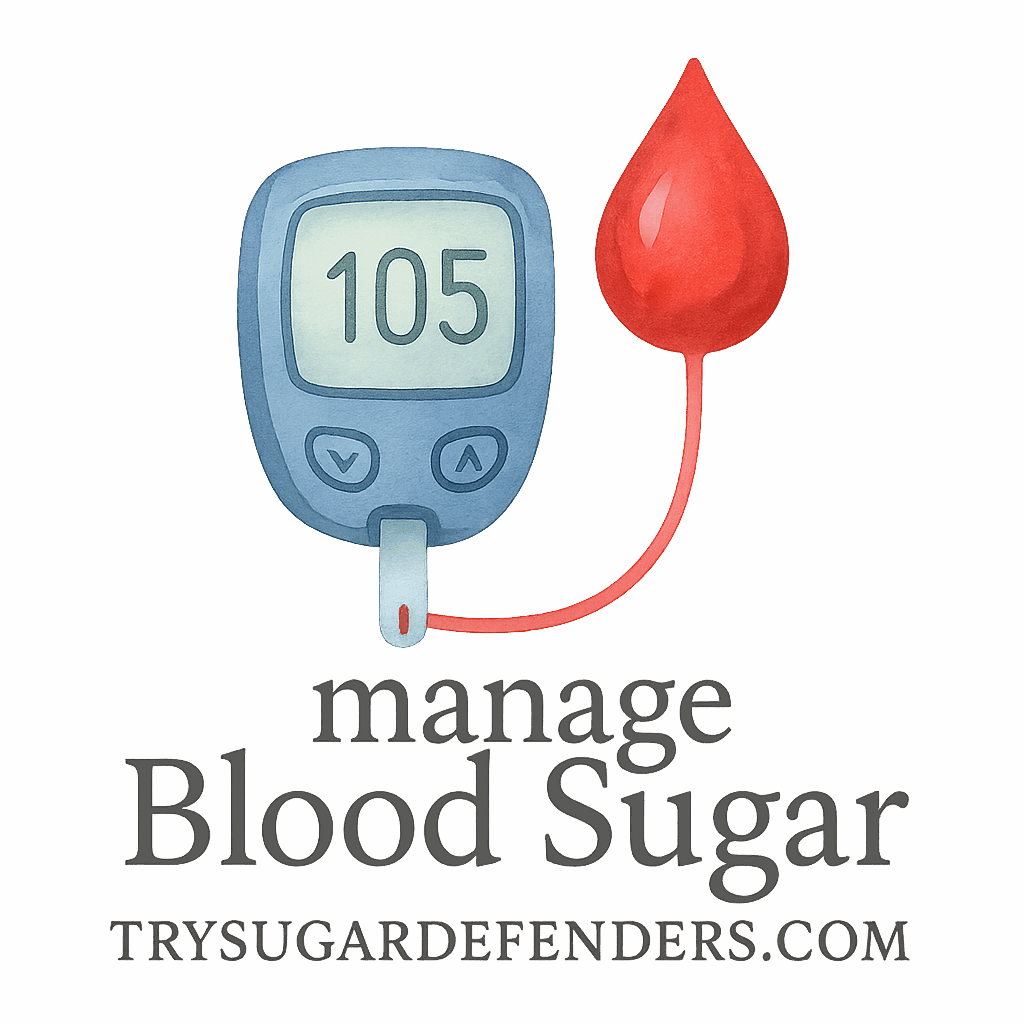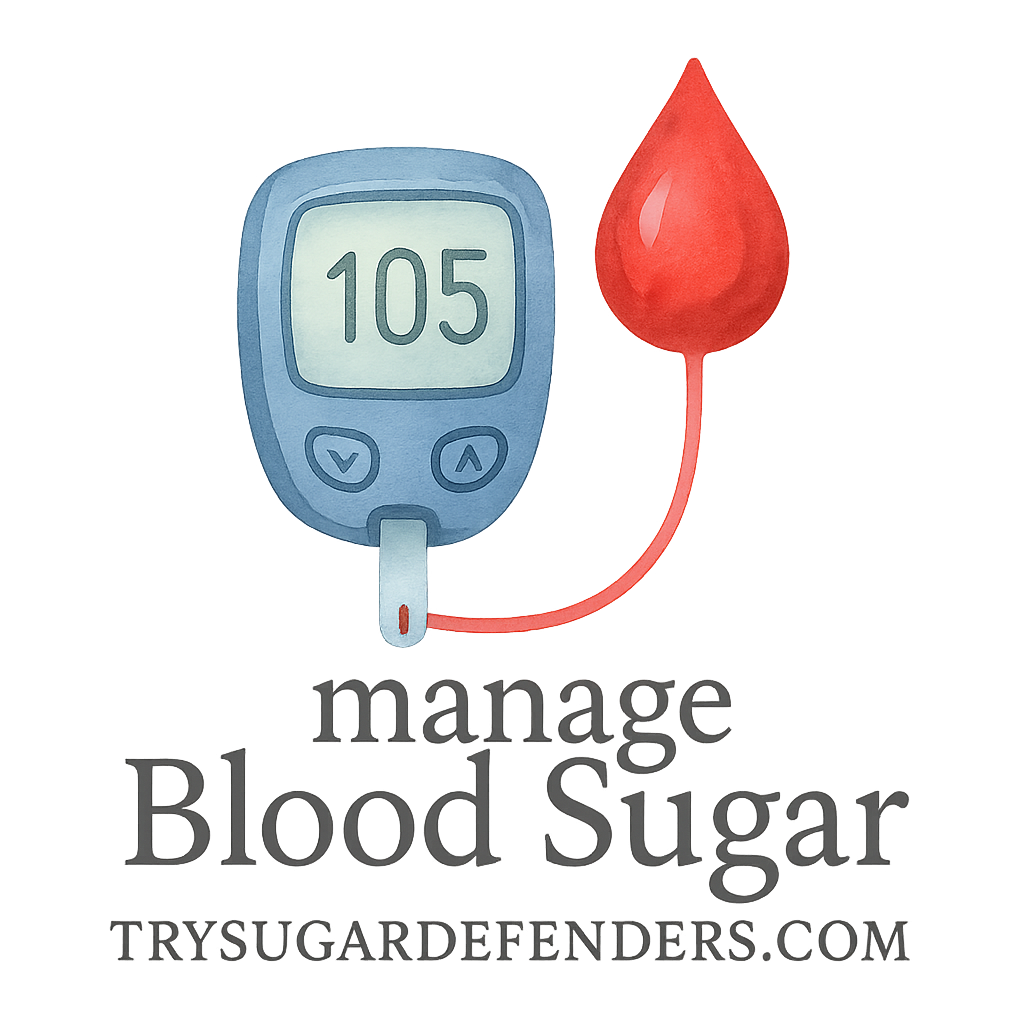Introduction: Why HIIT Matters for Blood Sugar
If you’re looking for a powerful, time-saving way to get your blood sugar under control, High-Intensity Interval Training (HIIT) might just be your golden ticket. You don’t need hours on the treadmill—just a few bursts of effort can deliver massive metabolic benefits. Whether you’re managing diabetes, prediabetes, or just want to stay ahead of the curve, incorporating HIIT into your routine can be a game-changer.
Let’s dive into how you can make HIIT work for your blood sugar goals, and stick with it long-term.
1. Understand How HIIT Helps Control Blood Sugar
Before jumping into squats and sprints, it’s important to understand how HIIT actually works to control blood sugar levels.
HIIT vs Steady-State Cardio
Unlike steady-state cardio—where you maintain a consistent pace—HIIT involves short bursts of intense activity followed by recovery periods. These explosive intervals challenge your muscles and cardiovascular system in a unique way.
Research shows that HIIT improves insulin sensitivity more efficiently than moderate exercise. This means your body becomes better at using insulin to transport sugar out of your bloodstream and into your cells.
Related: Exercise and Lifestyle Strategies
The Science Behind HIIT and Insulin Sensitivity
HIIT workouts deplete glycogen stores quickly, prompting the body to pull glucose from the blood to refill them. Over time, this leads to improved glucose uptake and insulin function. It’s like training your body to “open the doors” for sugar to exit the bloodstream faster.
For more background on this, explore: Benefits of Exercise for Blood Sugar
2. Start Simple: Beginner HIIT Workouts
If you’re new to HIIT, don’t worry—you don’t have to jump straight into burpees. Start slow, keep it safe, and build from there.
15-Minute Beginner HIIT Routine
Try this simple starter workout you can do at home:
- Warm-up (3 minutes): March in place, arm circles
- Work (30 seconds): Jumping jacks
- Rest (30 seconds): Walk in place
- Work (30 seconds): Bodyweight squats
- Rest (30 seconds): Light jog in place
- Repeat the cycle for 15 minutes
This circuit is short, sweet, and designed to raise your heart rate while improving insulin sensitivity.
Bonus Resource: HIIT Fitness Tips
Modifying Moves to Fit Your Fitness Level
You don’t need to go all-out right away. Modify exercises like squats by using a chair or swap high-impact jumps for low-impact steps.
Learn more on developing routines: Exercise Routines for Blood Sugar Control
3. Time It Right: When to Do HIIT for Maximum Benefits
Timing matters! The effects of HIIT can vary depending on when you lace up your sneakers.
Best Time of Day for HIIT and Blood Sugar
Studies suggest exercising after meals—especially after breakfast or lunch—can lead to better post-meal blood sugar control. Why? Because HIIT helps clear glucose from your bloodstream more efficiently when it’s already elevated.
Pre-Workout and Post-Workout Nutrition Tips
- Pre-HIIT: Light carbs (banana, oatmeal)
- Post-HIIT: Lean protein and fiber (chicken, veggies)

Balancing blood sugar before and after workouts helps avoid crashes or spikes.
Related guide: Diet and Nutrition Plans
4. Make It a Lifestyle: Weekly HIIT Planning
Consistency is key. The trick is weaving HIIT into your weekly plan in a sustainable way.
Combining HIIT with Strength and Recovery Days
A solid weekly routine might look like:
- Monday: HIIT (20 mins)
- Tuesday: Strength training
- Wednesday: Light activity (walk, yoga)
- Thursday: HIIT
- Friday: Rest or stretching
- Saturday: Strength training
- Sunday: Active recovery
More about balanced plans: Weekly Exercise Strategy
Avoiding Burnout and Overtraining
Too much of a good thing can backfire. Overtraining can increase stress hormones like cortisol, which actually raise blood sugar. Listen to your body and rotate intensity.
Learn about healthy pacing: Lifestyle & Health
5. Track Progress: Monitor Blood Sugar and Performance
If you’re not tracking your progress, how will you know it’s working?
Best Devices for Blood Sugar Monitoring
Use a Continuous Glucose Monitor (CGM) or glucometer to observe how your blood sugar reacts to different workouts. These tools offer real-time feedback and can highlight patterns.
Device comparisons: Blood Sugar Monitors
How to Analyze Trends in Your Data
Pay attention to:
- Blood sugar before and after workouts
- Post-meal responses on HIIT days vs. rest days
- Trends over several weeks
You’ll begin to see how HIIT directly affects your glucose control.
For tracking tips: Monitoring Tools and Strategies
Safety Tips: Stay Smart with HIIT
While HIIT offers tons of benefits, it’s not risk-free—especially if you’re managing diabetes.
Medical Considerations and When to Consult a Doctor
Before starting any intense exercise program, check with your healthcare provider—especially if you’re taking insulin or other medications that lower blood sugar.
Consult experts: Medical Consultation Advice
Hydration, Warm-Ups, and Cool-Downs
Always warm up to prep your joints and muscles, stay hydrated, and cool down with gentle stretching to avoid stiffness or injury.
Additional methods: Safe Exercise Methods
Conclusion: Make HIIT Your Blood Sugar Ally
HIIT is fast, effective, and scientifically backed as one of the best ways to regulate blood sugar naturally. Whether you’re a beginner or a fitness pro, there’s a way to integrate HIIT into your routine that fits your life and your goals.
Remember, it’s not about perfection—it’s about progress. So lace up, keep moving, and let HIIT help you take back control of your health.
Learn more: Behavioral and Mental Strategies for Consistency
Discover support tools: Medical Supplements for Blood Sugar
FAQs
1. Can HIIT replace my daily walk for blood sugar control?
Yes and no. HIIT is more efficient at improving insulin sensitivity, but daily low-intensity activity like walking still offers significant benefits. Mix both for the best results.
2. Is HIIT safe for people with Type 2 Diabetes?
Generally, yes—when done correctly. Always consult your doctor first and monitor your blood sugar before and after workouts.
3. How many days a week should I do HIIT for blood sugar control?
2–3 sessions per week is ideal for most people. Balance it with strength training and rest.
4. What should I eat before a HIIT session?
Go for light carbs and a bit of protein, like a banana and Greek yogurt, about 30–60 minutes before working out.
5. How quickly will I see results from HIIT?
Some people notice improved glucose readings within a few weeks. Consistency is key!
6. Is fasting before HIIT better for blood sugar control?
Fasted workouts may work for some, but not all. It depends on how your body reacts—monitor your levels to find out.
7. Can I do HIIT at home without equipment?
Absolutely! Bodyweight HIIT routines are just as effective as gym workouts when done with intensity and consistency.


